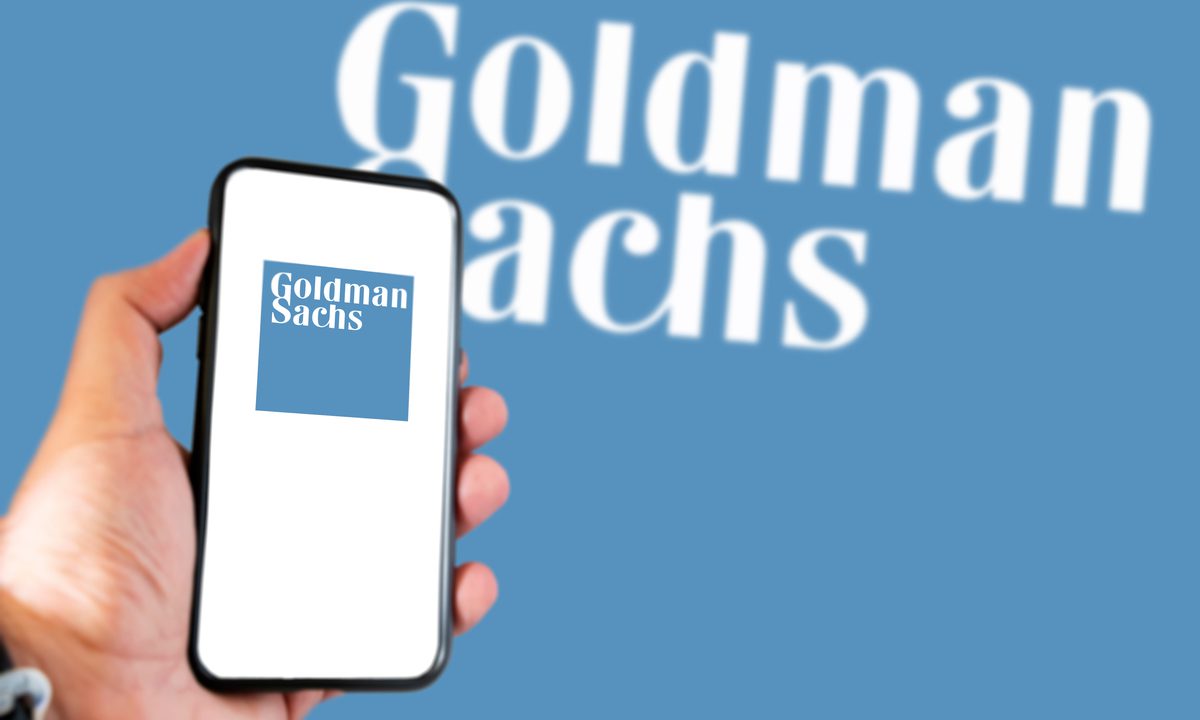With Digital Checking, Goldman’s Marcus Looks to Create 153-Year-Old Neobank

Goldman Sachs was founded in 1869.
But the giant financial services firm is proving nimble enough, and tech-savvy enough, to remake itself as a neobank.
With scale and breadth to give traditional financial institutions (FIs) coming to market with their own apps (and digital only players too), a run for their money.
Marcus is the key ingredient here, giving Goldman its platform and launching point to move more fully into the mainstream, to reach consumers with online savings accounts, personal loans and credit cards.
And though, in the latest earnings call, we did not hear about Marcus-specific details or deposits, management was clear on the path forward. General commentary on the call, from CFO Denis Coleman, indicated that across the board, “client engagement is strong, catalyzed by secular trends like digital disruption and transformation across industries.”
Digital, Secular Trends
The stage is set, then, for apps and platforms to help link financial accounts held by Goldman’s mainstream customers as they navigate their financial lives.
At this time last year, during the company’s first quarter 2021 earnings call, the company noted that it had launched Marcus Invest in the U.S., which allows consumers to invest in diversified portfolios with as little as $1,000.
Read more: Goldman Launches Marcus Invest To Target Retail Investor
Recent acquisitions, such as of GreenSky, and the continued growth of Apple Card (launched in 2019) along with the co-branded card with GM, underline the consumer push.
Coleman said on the call that “we’ve been very focused on growing these businesses, whether it be loan growth across the consumer platform, in terms of installment loan business or the cards business.”
To that roster, we can now add digital checking accounts. It’s still early days for Marcus, yet, where savings accounts rates have not (perhaps not yet) been boosted by the company. Coleman said that in this business, the company is mindful of the fact that its peers in the industry are relatively bigger and that Goldman will seek to “drive deposit growth and support the other origination activities across our lending platforms.”
In other words, Goldman will of course strive to be competitive in offering a linked, holistic experience that offers cross-pollination (and myriad revenue streams beyond direct deposit). The company has said that it has more than 13 million active customers in the consumer space, up from less than 10 million in the fourth quarter. That’s roughly a 30% jump in the span of just a few months. As detailed earlier this year, Chime also noted that it had 13 million active users.
Read here: Digital Bank Chime Readies IPO With Possible $40B Valuation
In digital banking, the lines blur where nomenclature is concerned. Neobank, digital bank, challenger banks … for companies like Chime, and a host of others (including traditional FIs) the greenfield opportunity lies with the 60% plus of the U.S. population that lives paycheck to paycheck. That population, in an inflationary environment, will continue to strive for financial literacy and financial wellness. The firms that are able to help them get there, across lending and investing, will be the winners, pushing up against the traditional lenders.
Goldman, leveraging experience that cuts across three centuries, is betting that it can be a neobank with roots in the days of horse-drawn carriages.
